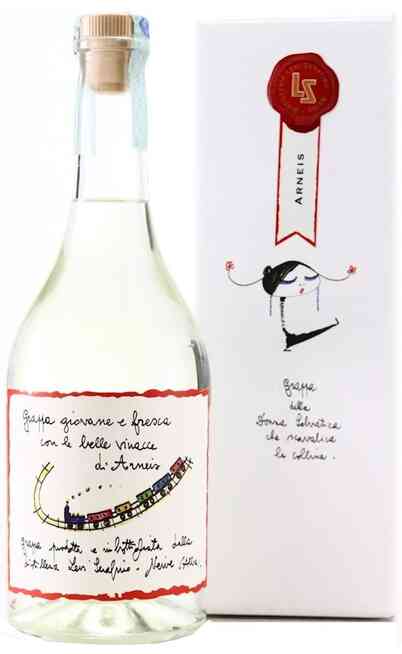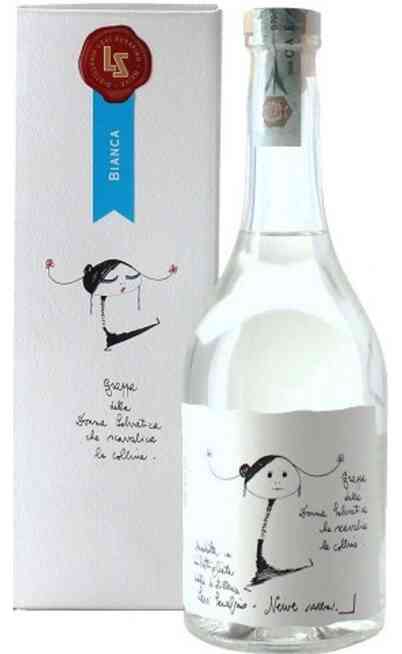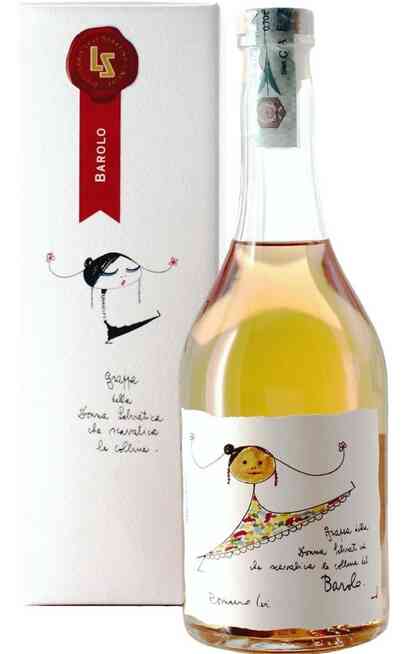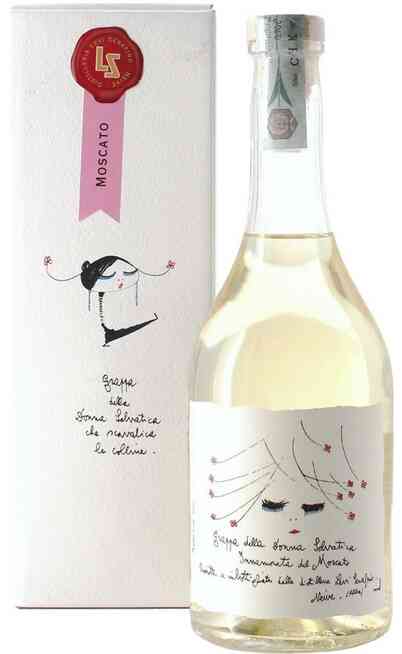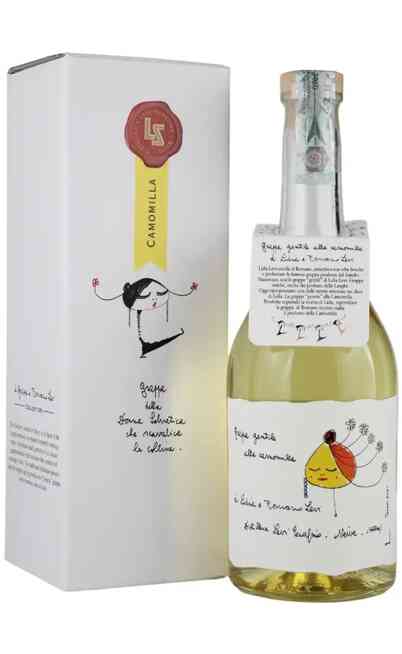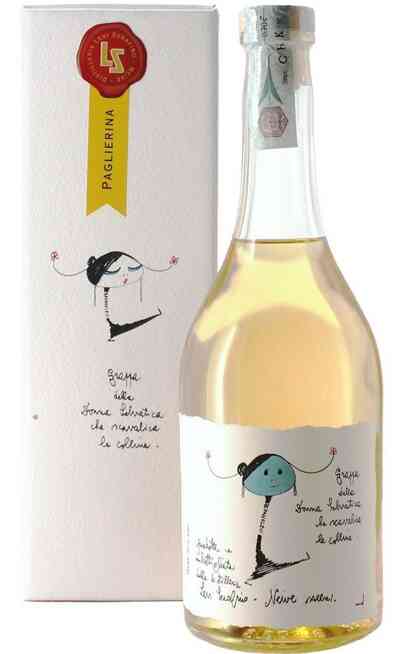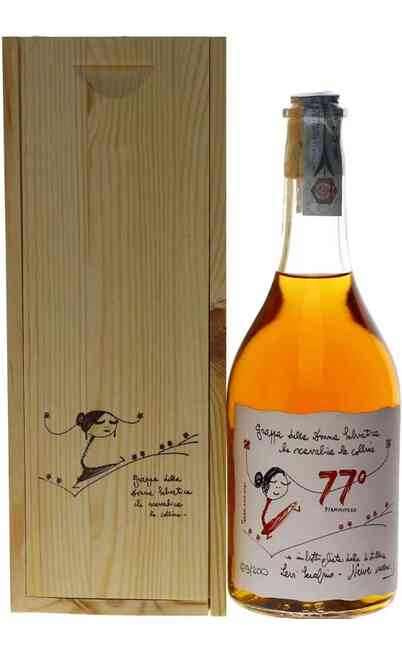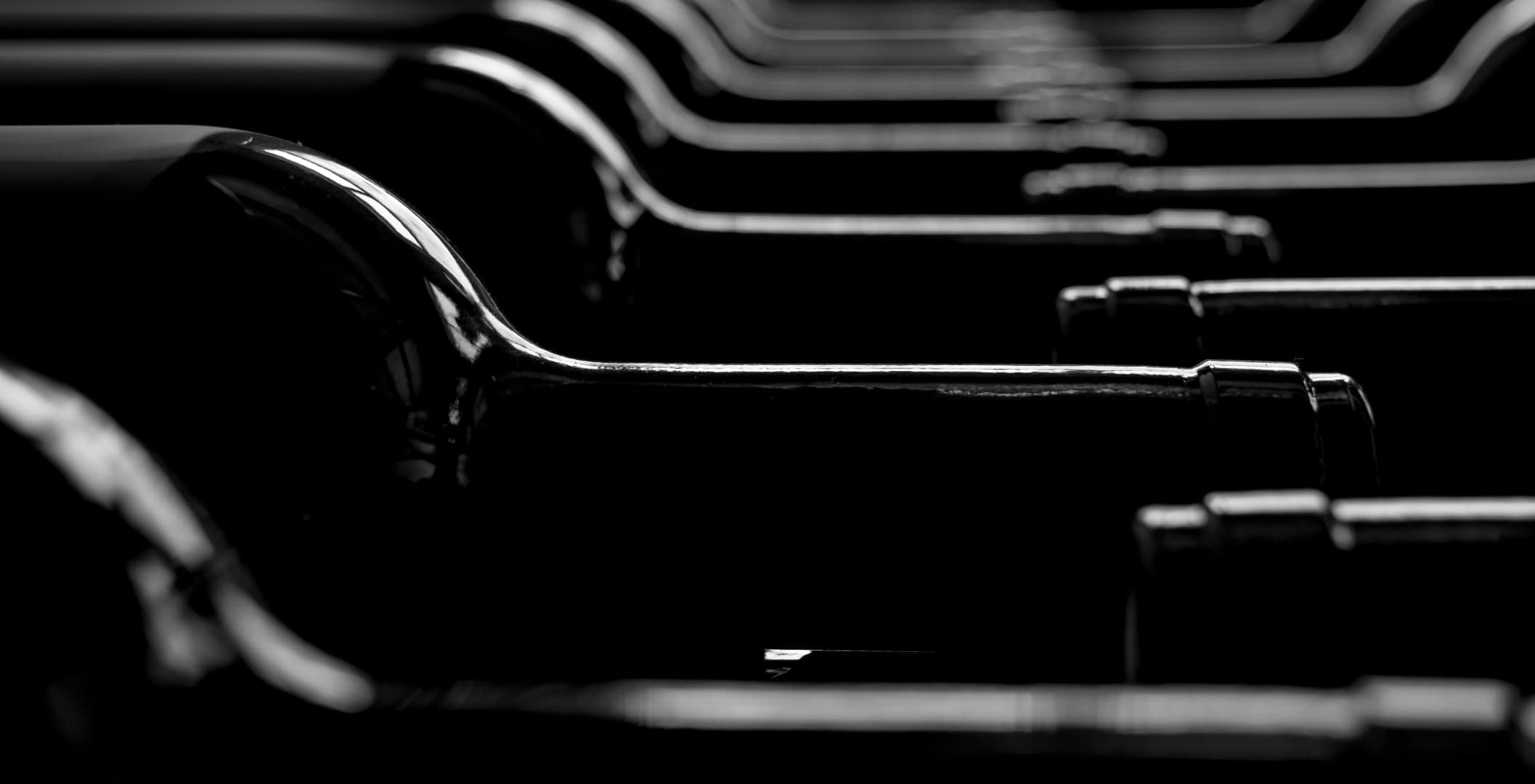ROMANO LEVI
The Levi family traces its origins to the municipalities of Fraciscio and Campodolcino in the Spluga Valley, where they have been dedicated to the art of distillation since the 17th century. Periodically, the so-called 'grapat' would emigrate during harvest periods to the most famous wine-growing areas of Piedmont, to distil the marc with the help of mobile distillers. With time, this migratory character faded and the distillers gradually began to settle permanently in the places where they worked, setting up their own distilleries. It was in 1920 that Serafino Levi moved to Neive, a land in the Langhe that is the matrix of great wines and therefore rich in excellent quality marc: a few years later, he began his activity with the foundation of the Direct Fire Distillery. After the death of Serafino and his wife, the Distillery was taken over by their children Romano and Lidia, who contributed to the company's success with their assiduous work. The uniqueness of these grappas derives from the great quality of the pomace used, from the DOC and DOCG vineyards of the Langhe, which is stored in an underground pit and pressed to prevent oxidation and then drawn as if it were fresh pomace. The second element that distinguishes this renowned Distillery of the Langhe is the use of the direct fire still: the fire is in direct contact with the boiler and all the skill of the master distiller is required to extract the very essence of the distillation, so that the aromas are preserved. This instrument is over a century old and is the only one in Italy for this type: the entire surrounding area is in fact preserved by the municipality of Neive, precisely in order to safeguard this piece of history that is still in operation today. Another peculiarity of the Distillery is the length of ageing, to which fundamental importance is attributed: Romano Levi used to age grappa for a longer time than any other producer, so that he did not have to add aromas and kept it 'pure', only with the hint of olfactory and taste notes of wood due to the time spent in barrels. These are therefore unique products, just as unique are the labels that make this distillery's grappas immediately recognisable: they are reproductions of the original labels, hand-drawn by Romano himself, which have as a recurring element a figure of a woman "climbing over the hills", a tribute to the strong, tireless workers of the Langhe. Today, the Distillery owns a prestigious collection of around 500 original labels, while many more are on display in some of the world's most important restaurants and hotels.


